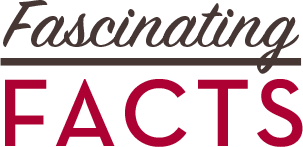LOST IN TRANSLATION
For wine professionals in Asia, the lack of a universal wine language is very apparent.… Continue reading

For wine professionals in Asia, the lack of a universal wine language is very apparent.… Continue reading
Located in the French town of Tain l’Hermitage (overlooking the vineyards of Hermitage) in the… Continue reading
In the United States, the delicious combination of Oregon Pinot Noir and grilled salmon was… Continue reading
Devouring a handful of milk chocolate Easter eggs or hunting around the backyard for plastic… Continue reading
A word commonly used to describe the aroma and flavor of some white wines is… Continue reading
Every week or every month (or every day) we open wine bottles. But where did… Continue reading
Get ready—it’s coming! Every winter, we anticipate a wholly West Coast indulgence: feasting on huge… Continue reading
How many bubbles does a glass of Champagne have? The answer is approximately one million.… Continue reading
Today is the deadline by which all wines produced in the European Union from this… Continue reading
Exactly 90 years ago, on Tuesday, December 5, Prohibition ended. The federal experiment in national… Continue reading
On the Italian island of Sardinia, the province of Nuoro is thought to have the… Continue reading
Nearly a century ago, casks of just-made, grapey wine would sometimes be shipped by paddleboat… Continue reading